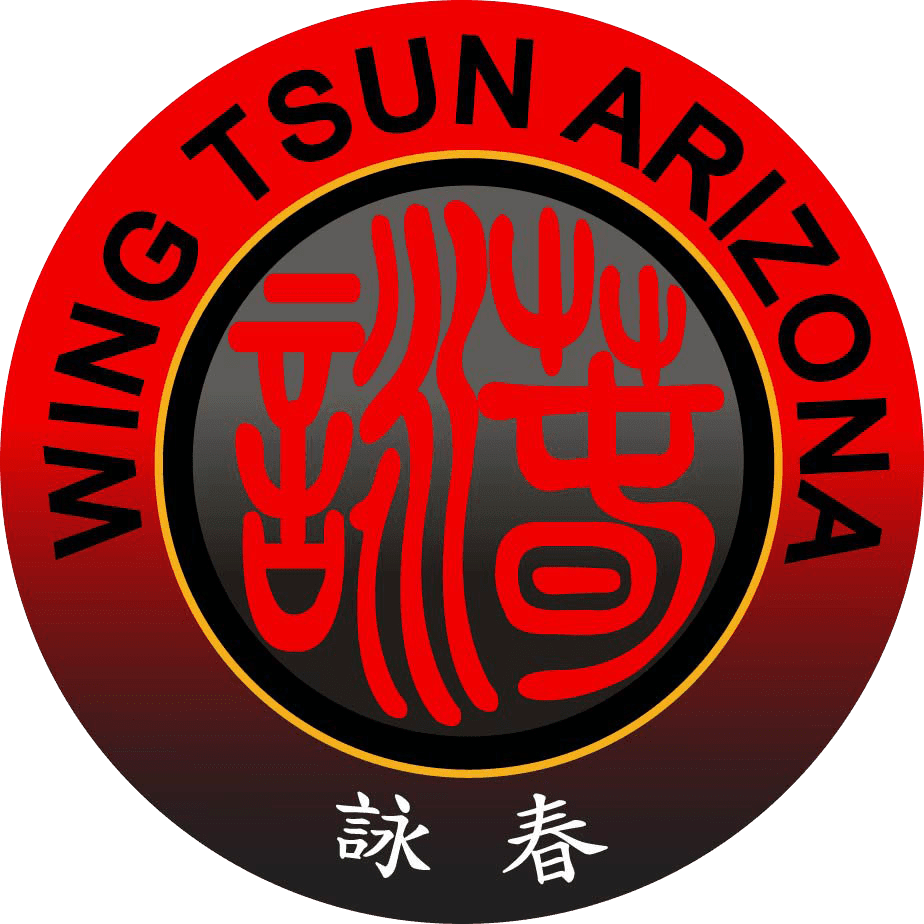Many Martial Art Types

Many martial art types appear similar to each other to onlookers. Actually, many martial arts are related in some way, most having their roots in China. When the teachings of a martial art system migrated to another country in the last two centuries or even a lot earlier, the fighting concepts often changed but the appearance of the martial art often remained very similar.
Most Korean martial art styles have some roots in the Japanese systems. The rest of that influence is from China and is combined with native forms like Taek Kyon. Tae Kwon Do and similar Korean styles like Tang Soo Do are said to have been influenced by the high-kicking northern Chinese kung-fu systems.
Okinawan systems are related to the Japanese martial arts because of a cultural relationship. In fact, many Japanese styles have the same names as Okinawan styles. Martial arts types from Okinawa have their roots in southern China. Chinese styles like Choy gar, Hung ga, Lau gar and Mok Gar are thought to be at the root of the Okinawan styles.
Japanese hitting and kicking styles are said to have their roots in China, but many came to Japan by way of Okinawa. As with other styles, the Japanese styles have the cultural aspects of the country they were formed in. The origins of grappling arts such as Jiu Jitsu are less clear. The ancient Samurai are said to have been experts as were the Ninja. Some similarities exist between Chinese Shuai jiao, a fierce grappling martial art and Japanese Jiu Jitsu.
Southern Chinese systems like Praying Mantis style of Hakka, Saam Chin, Snake style, Ng Cho style and White Crane have similar features, visually, to Wing Chun and Wing Tsun. However, in the case of the Yip Man Wing Chun lineage which includes Wing Tsun, the fighting concepts are radically different from the ‘parent’ Chinese styles.
Some may wonder why China gave rise to so many martial arts types. China is a very big land mass, uninterrupted by large waterways. Unification of the many villages and provinces throughout its history has been rare and warfare broke out on many, many occasions. War created fighting methods, first with weapons and then later unarmed fighting methods when soldiers needed something to help them when they became disarmed. Civilians also needed self defense techniques since they did not always have access to weapons. Religions such as Buddhism did not allow their members to have weapons. The religion spoke of peace and yet it existed in a violent time. At first the monasteries would protect soldiers that were fleeing from other armies. As the soldiers were temporarily residents of the monasteries, the monks would accept the self defense technique training of the soldiers. The legend goes that the worship of animals gave rise to the animal oriented martial arts of China.
In today’s times we have many newly invented martial arts which are often comprised of techniques and ideas taken from existing styles. While not ‘bullet-proof’ in their combat theories, these methods are sometimes put together as quicker to learn methods for military and police applications. They usually have no pre-arranged forms, hierarchies, or polite formalities. Some have rough all-encompassing theories and exist entirely for self defense and fitness. Whether they have practical civilian applications is a question. Military application does not automatically make them better for civilian use in this writer’s opinion.
-Sifu Keith Sonnenberg
Get in Touch!
I’d love to hear from you! Feel free to get in touch with any questions, comments, or inquiries you may have.
